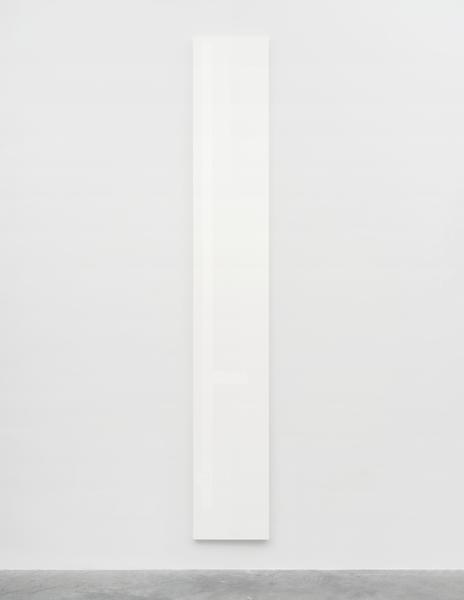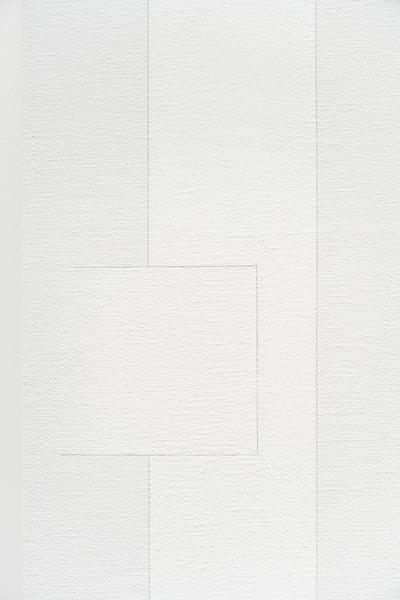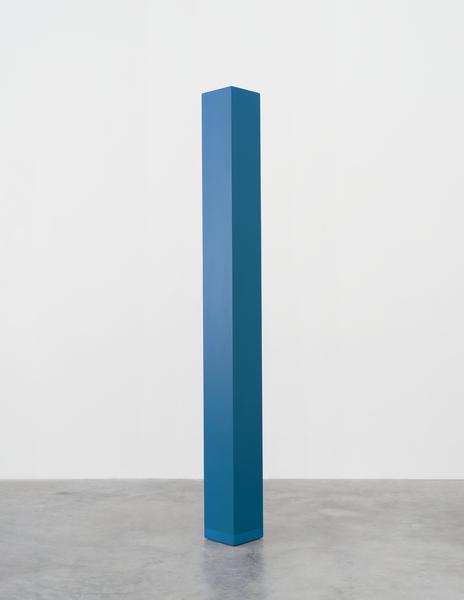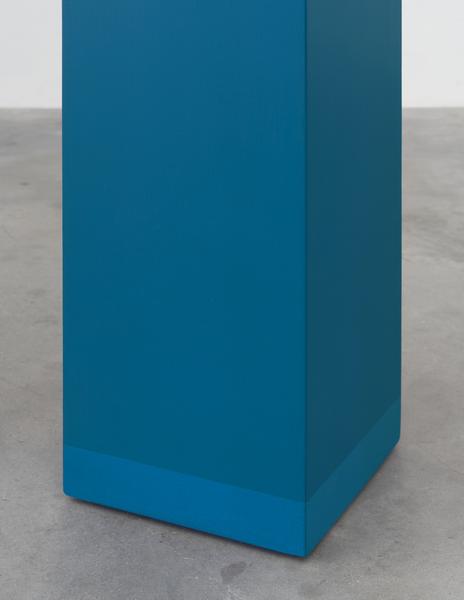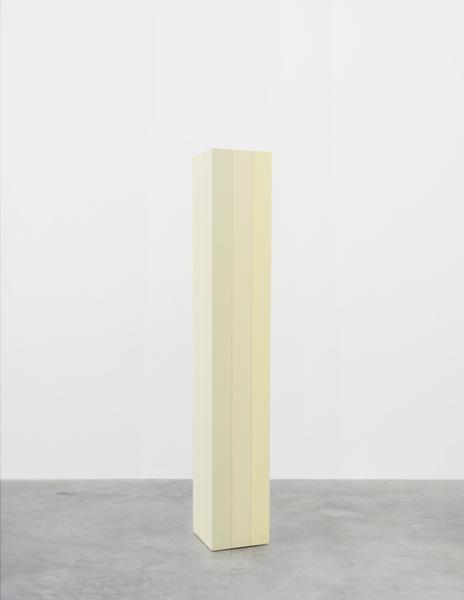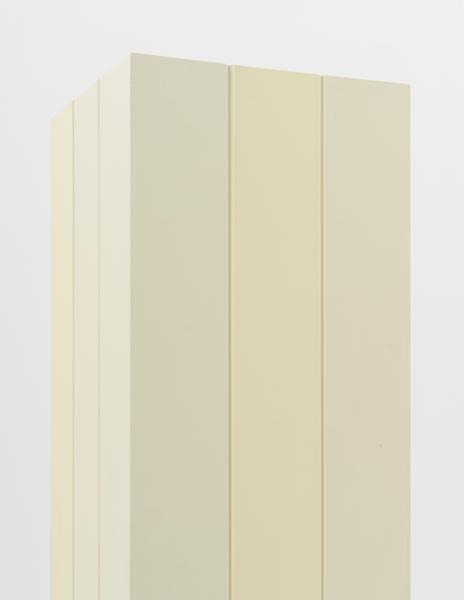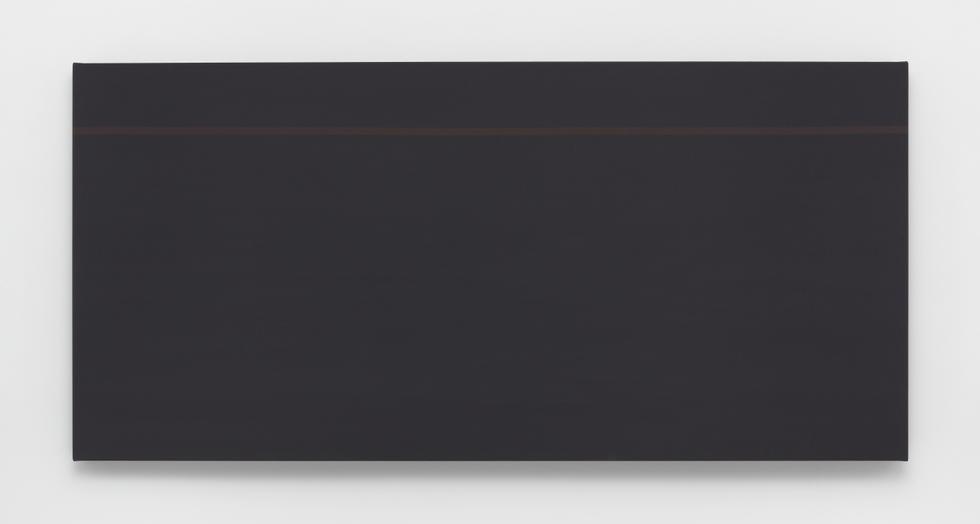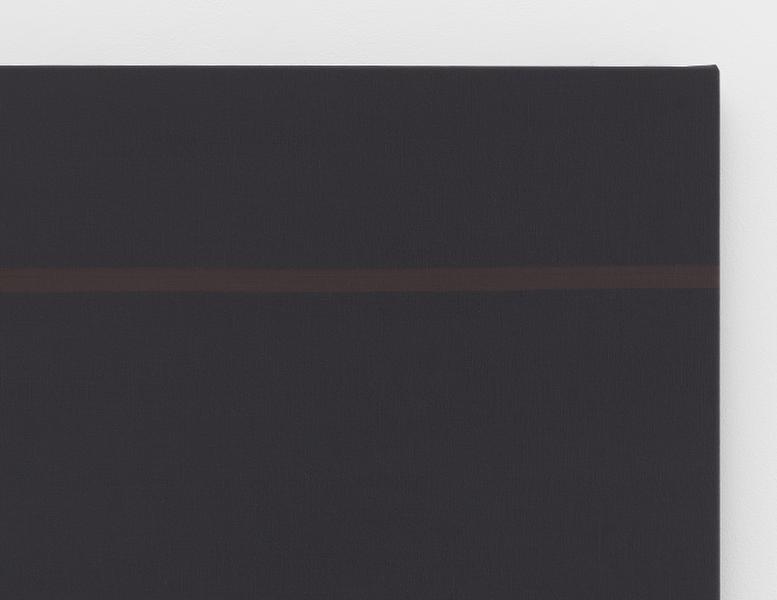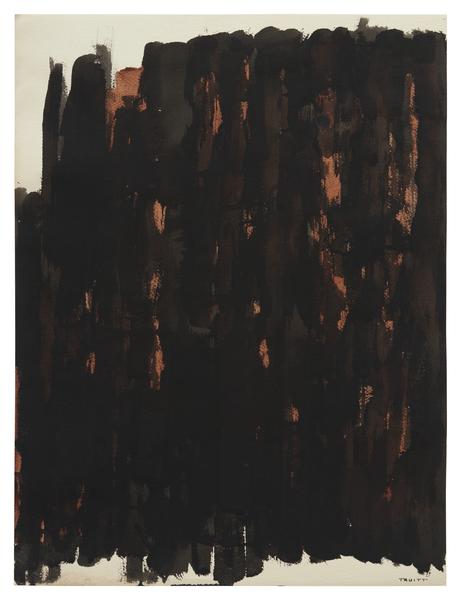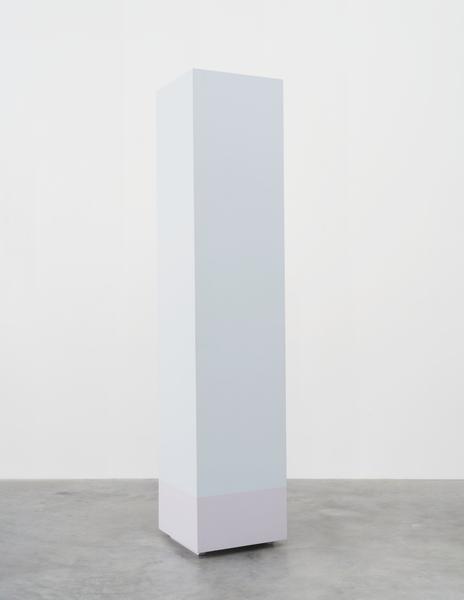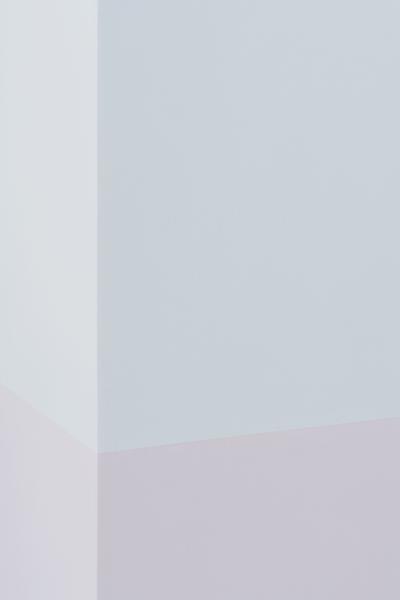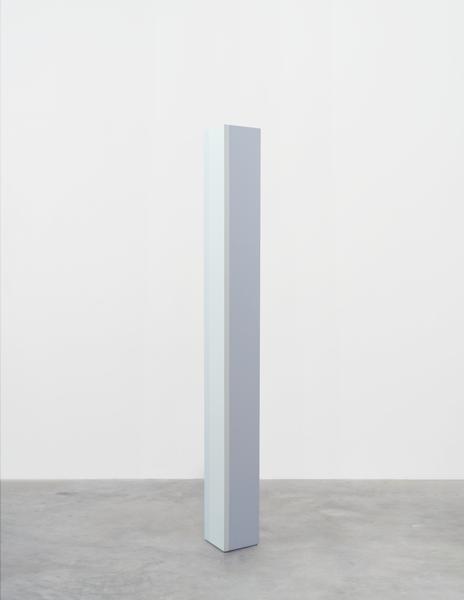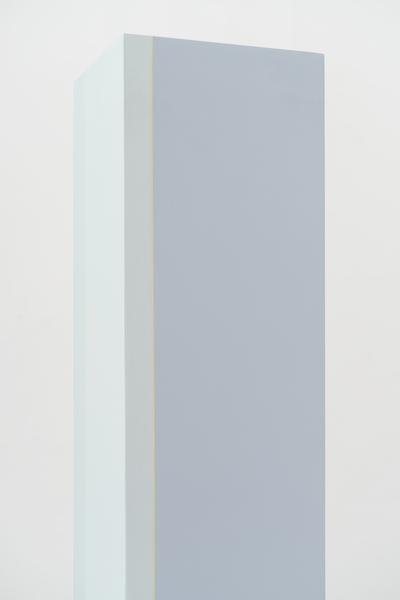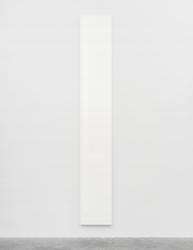
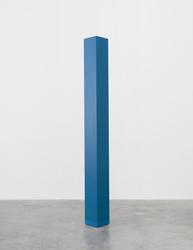
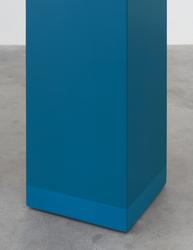
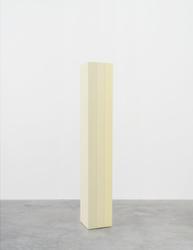
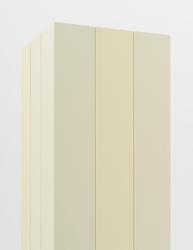
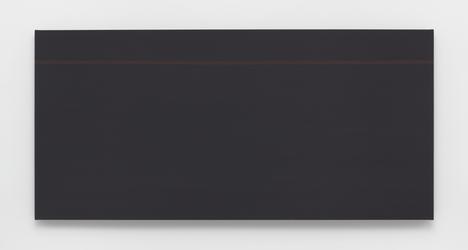
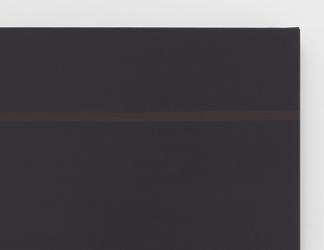
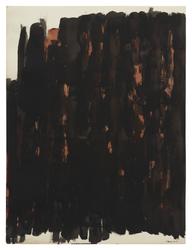
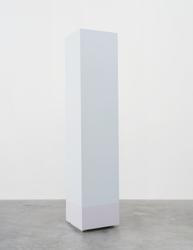

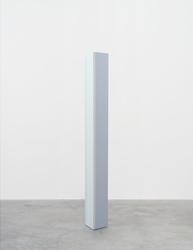
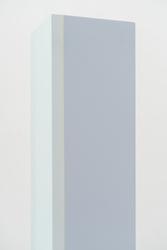
Anne Truitt
Matthew Marks Gallery
522 West 22nd Street, New York, NY
November 10 – December 22, 2024
This exhibition includes five sculptures and two paintings made between 1963 and 1993, as well as a group of works on paper from 1959–60.
New England Legacy, made in 1963, the same year as Truitt’s first one-person exhibition in New York, “refers to landscape in a kind of composite way, because it’s tall and looms over you,” Truitt wrote. “Painted a dark green and a deep blue, just discernibly different in hue, identical in value, it is an austere piece. It was fascinating to feel the particular, repetitive reach of my brush up to its height over my head, to be in that intimate rhythm.”
Truitt’s early ink drawings, exhibited here for the first time, foreshadow the artist’s monolithic sculptures like New England Legacy, with their dark hues and bold geometry. Alongside these early works, four of Truitt’s later totemic sculptures, created with a labor-intensive process involving up to forty layers of paint applied by hand and sanded to a fine finish, are on view. Describing the brilliant blues of Australian Solstice (1983), Truitt said, “it’s the absence of the sun,” as she recalled seeing the winter solstice in Australia from the window of an airplane. About Avonlea (1991) Truitt wrote: “It has to do with the fact that the reality of something is incomprehensible, and can be beautiful and incomprehensible at the same time. And that it is harsh. I put harsh lines into it, because the fact behind the appearance of things is always in my experience harsh. I’ve never known it to be anything else.”
The two large-scale paintings in the exhibition were made in the early 1970s. Truitt thought of them as “inflections” of her sculptures: “I have used the freedom that two-dimensional painting allows. The relationships open into space in a way impossible for an object.”
For more info visit:
